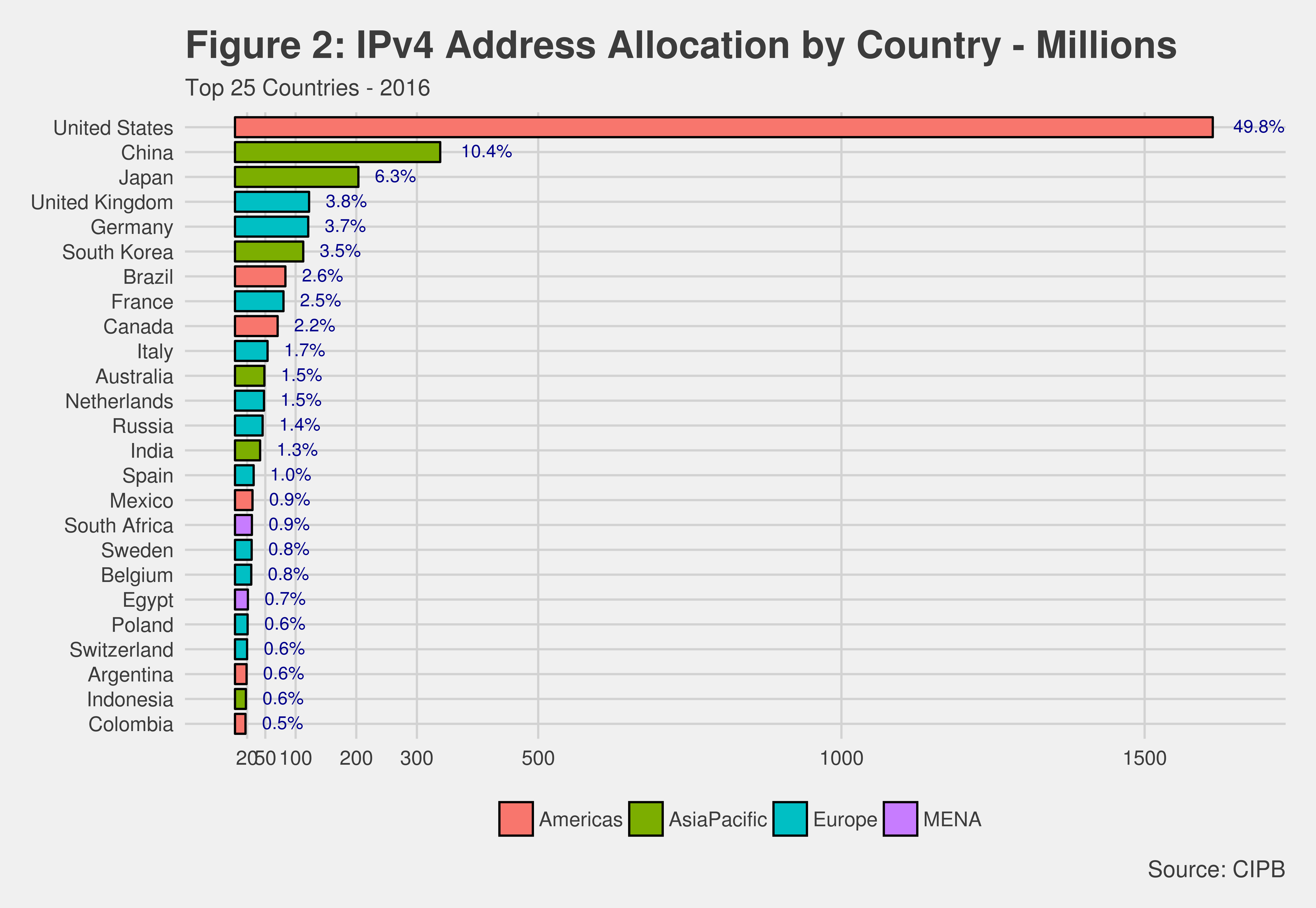

Also connections to nerve cells are not constant. Some connections are strong and the nerve cell is more likely to activate when triggered through one of them while other are weak and need stronger signal to trigger (someone who knows biology can rephrase this part better). so with 50 million connections of varying strength simulation becomes much more difficult.
I don’t see why adding weights to the connections would be particularly difficult. Even if the weights need to vary over time or by other conditions, that could be included in the simulation. It might be a bit more complex, but current neural network systems already do variable connection strength between nodes.
The other thing is that 99% of the time the brain respond to outside stimuli. You see something, signal is sent to brain and brain make decision based on the input.
In this case you have absolutely zero input.
This should be very easy - if we’re simulating the presence of sensory neurons then we can certainly simulate some input stimuli on them.
Simulate it how? you need an initial state.
I don’t see why this would be true, and anyway how do you know that the connection map doesn’t already represent an initial state?














Is it sexism? It’s sexism isn’t it.